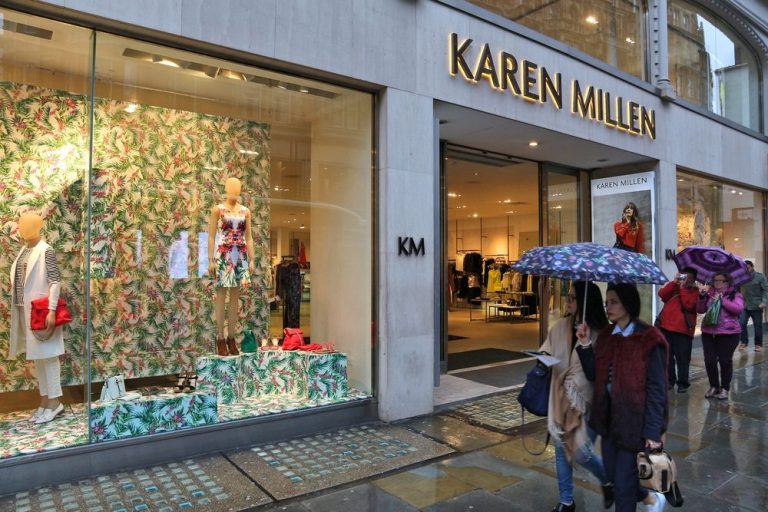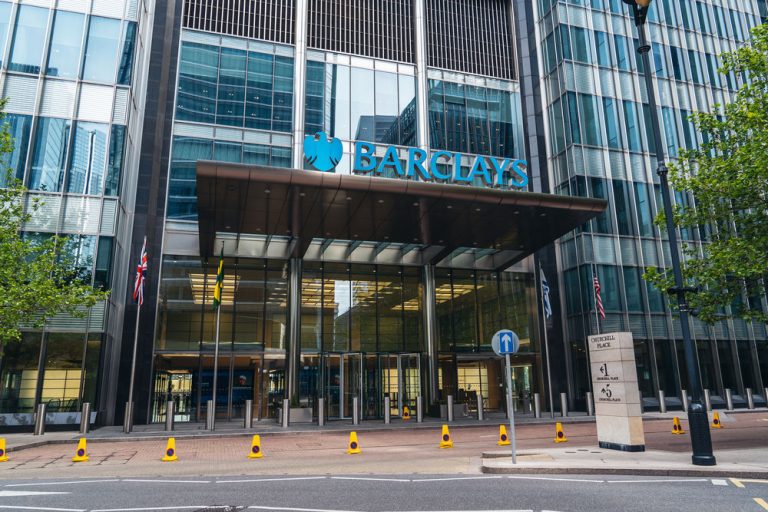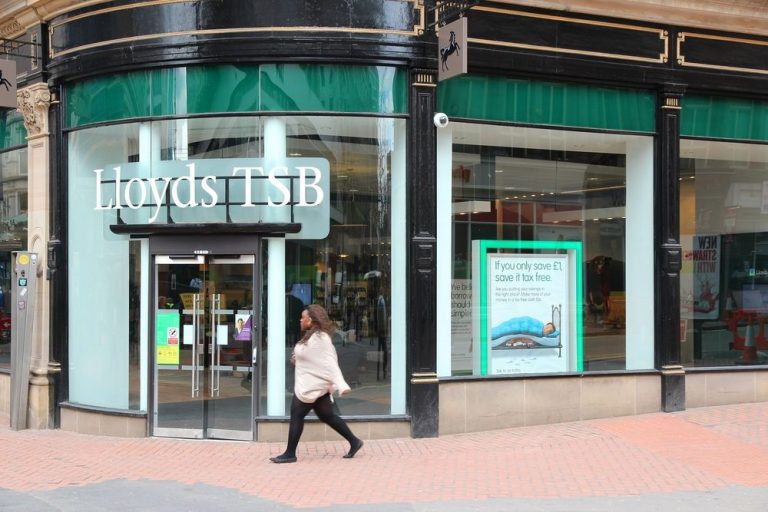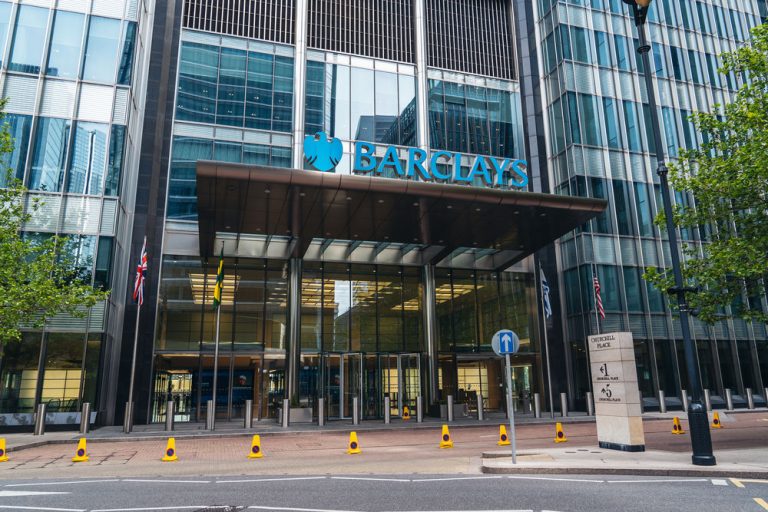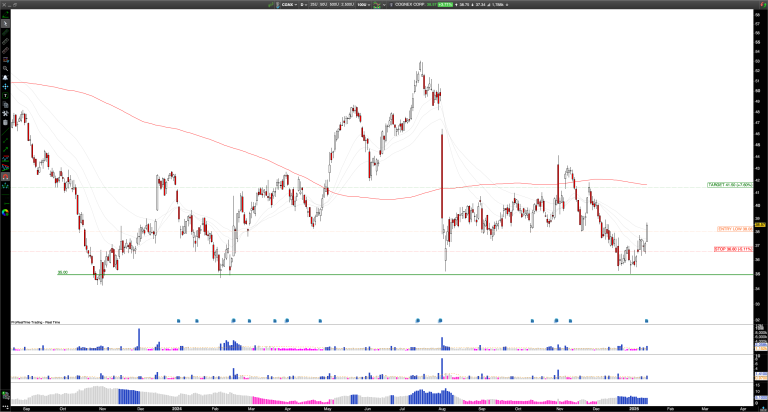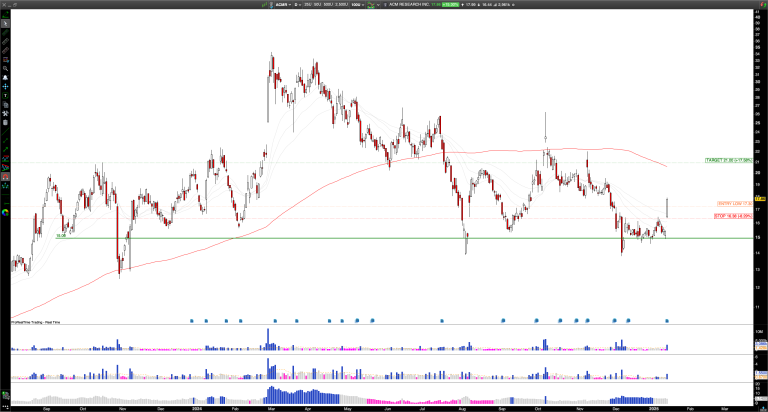The Indian rupee continued its strong downward trend as the rising US dollar and bond yields affected the country’s economy. The USD/INR exchange rate has risen for 11 straight weeks and is trading at a record low of 86.53. It has jumped by over 4% in the last twelve months. So, what is the outlook of the rupee as the DXY index soars?
US dollar index and yields are rising
The USD/INR exchange rate continued its strong surge this week as the market focused on the strong US dollar and bond yields.
These assets jumped after the US published a strong jobs report on Friday. According to the statistics agency, the economy added over 256,000 jobs, while the unemployment rate fell to 4.1% in December.
The next key data to watch will be the upcoming US inflation data scheduled on Wednesday this week. These numbers are expected to show that the headline Consumer Price Index (CPI) rose from 2.7% in November to 2.9% in December. Core inflation is expected to remain at 3.3%, where it has been stuck at in the past few months.
The US has some inflationary catalysts that could delay the return of inflation to the 2% target rate. For example, the ongoing Los Angeles fires will worsen insurance inflation in the country. That fire will also lead to higher accommodation cost in the biggest state in the country.
The other big factor impacting inflation is the policies of the incoming Donald Trump administration. Trump has made some proposals that will be inflationary in the long term. For example, he has pledged to slash taxes, including eliminating tipping taxes.
He also wants to deport millions of undocumented migrants, many of who work in industries like construction, agriculture, and hospitality. Deporting these people may lead to higher inflation as companies are forced to hike prices.
As a result, analysts have started paring back their rate cut expectations. ING analysts have reduced their expectations from three to two, while Bank of America sees no cuts after all.
Potential dovish Reserve Bank of India
The USD/INR pair has soared as investors anticipate a potentially dovish Reserve Bank of India (RBI) now that the economy is slowing. A recent report showed that the economy grew by 5.4% in the third quarter, the slowest growth rate in seven quarters.
The Indian government expects the economy to expand by 6.4% in 2024, much lower than the 8.2% in 2023. This is a sign that the economy is slowing, as the much-anticipated investments failed to materialize.
Odds of a more dovish Reserve Bank of India rose after the country announced weak inflation numbers on January 13. These data showed that the headline Consumer Price Index dropped from 5.48% in November to 5.22% in December. It hs dropped for two straight months.
Therefore, the USD/INR pair has risen as investors anticipate an ongoing divergence between the Fed and the RBI. The RBI will maintain its dovish view, while the Fed will be a bit hawkish as US inflation falls.
USD/INR technical analysis
The weekly chart shows that the USD to INR exchange rate continued its strong rally this year. It has moved above the strong pivot reverse of the Murrey Math Lines.
The pair has risen above all moving averages, while the Relative Strength Index (RSI) has jumped to the extreme overbought level of 88.
It has also crossed the key resistance point at 83.26, the previous all-time high. Therefore, the USD/INR pair will likely continue rising as bulls target the key resistance level at 90.
The pair is highly overbought, so it is likely to pull back in the next few weeks. A big drop would see it settle at 83.26.
The post USD/INR forecast: here’s why the Indian rupee has fallen apart appeared first on Invezz



